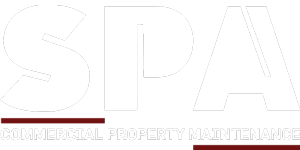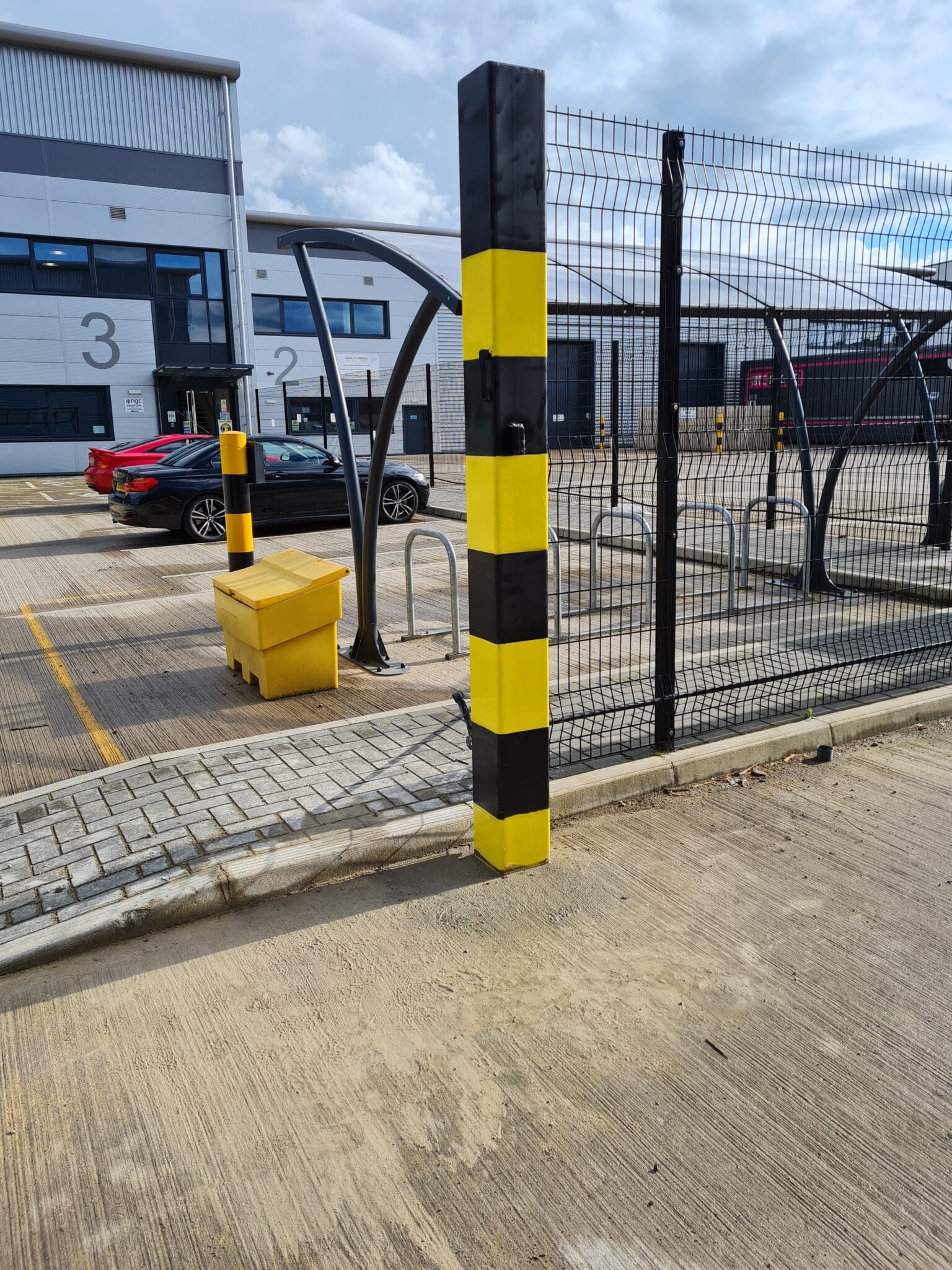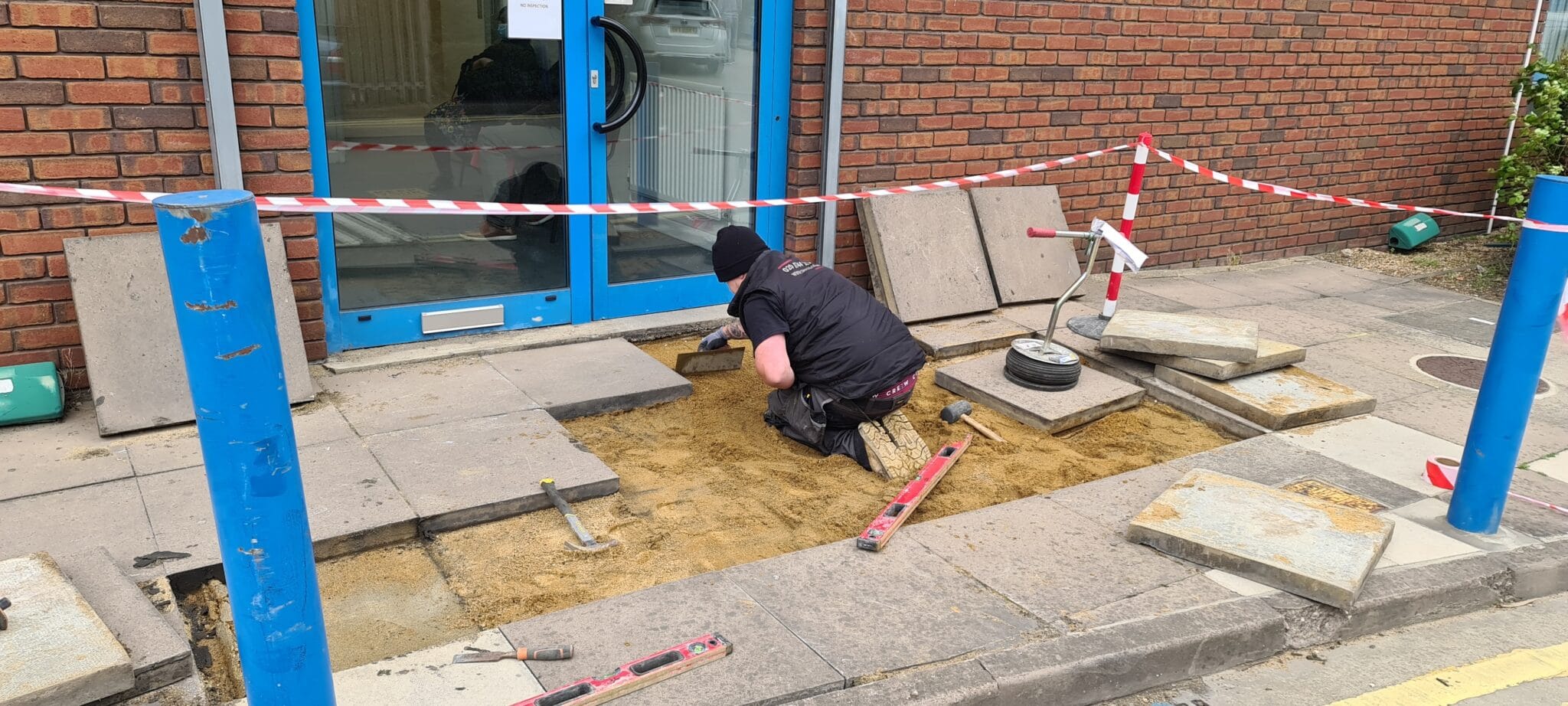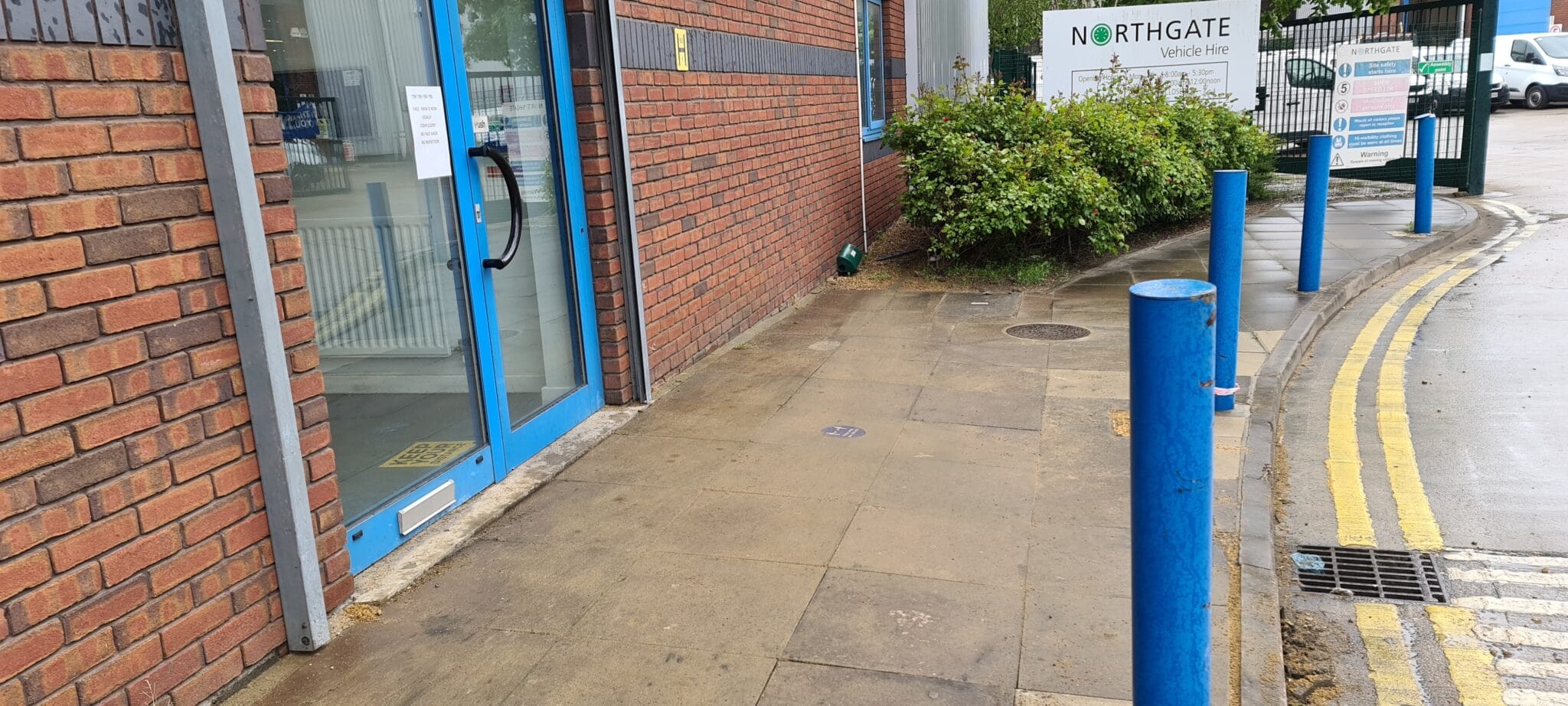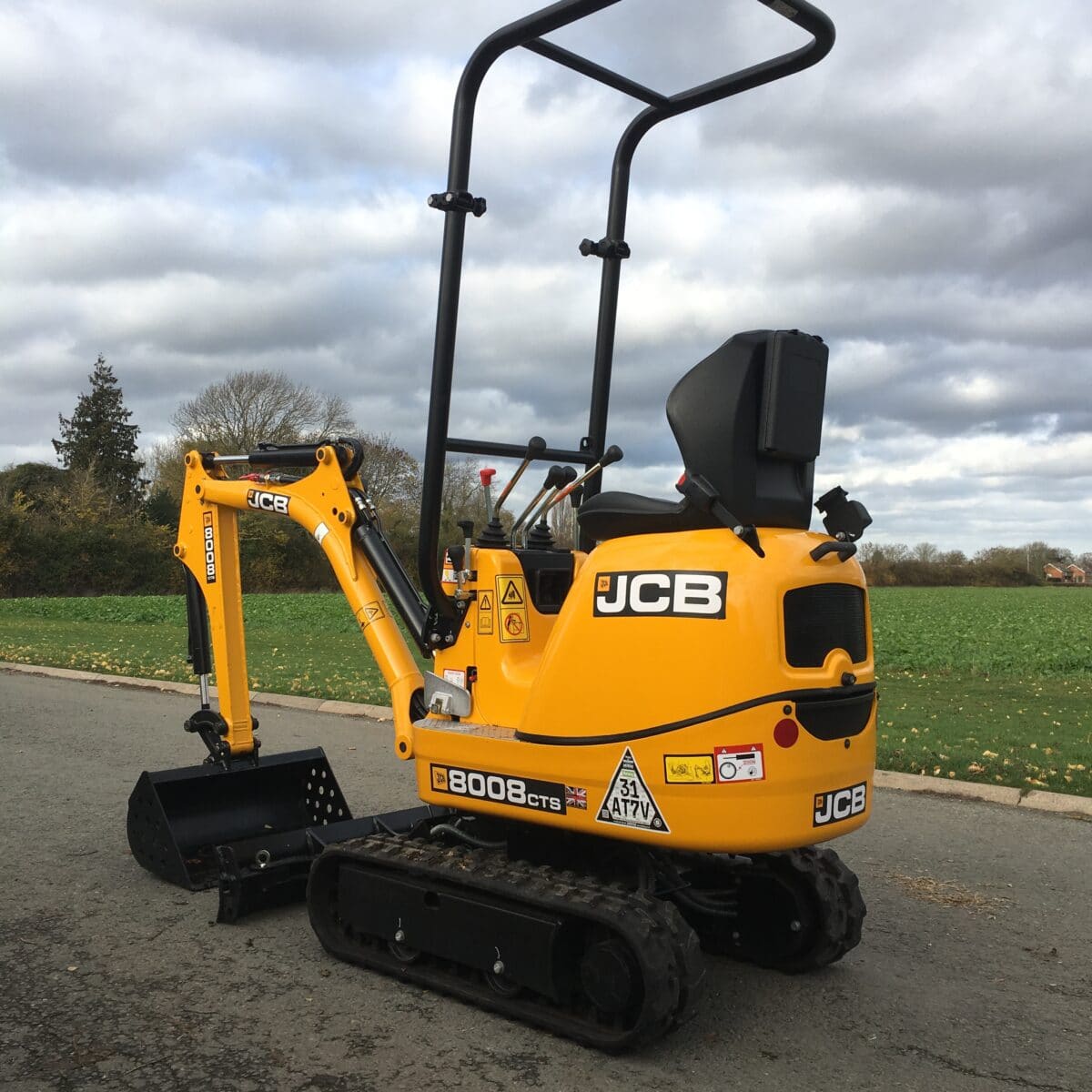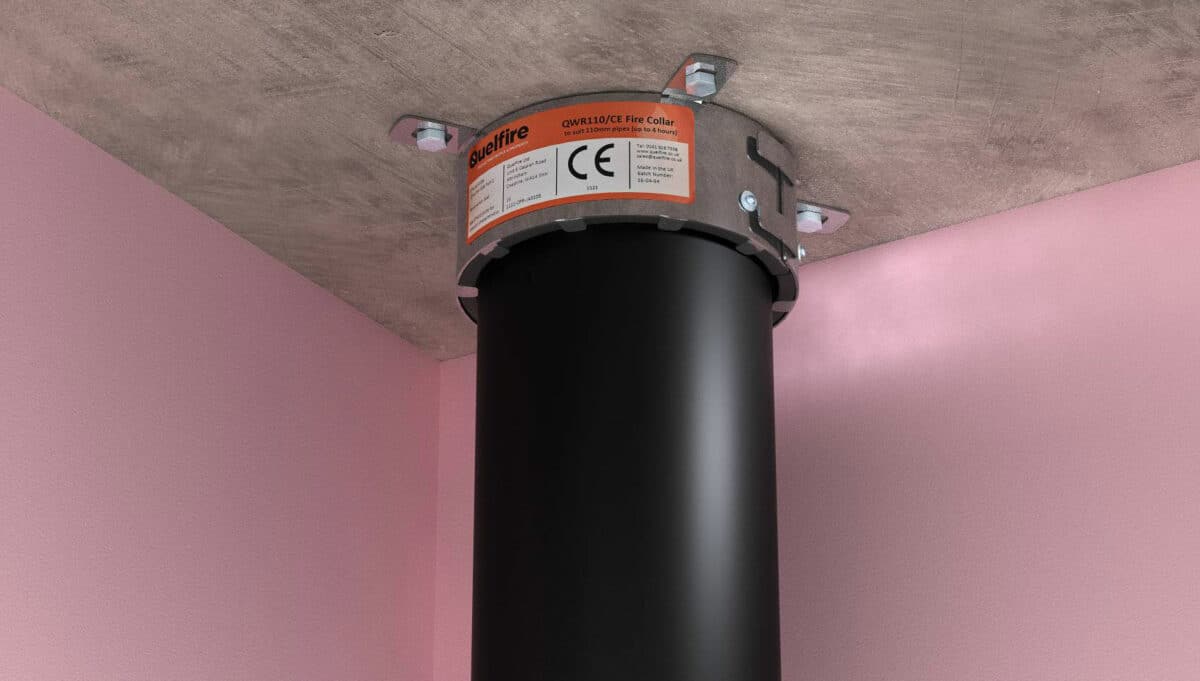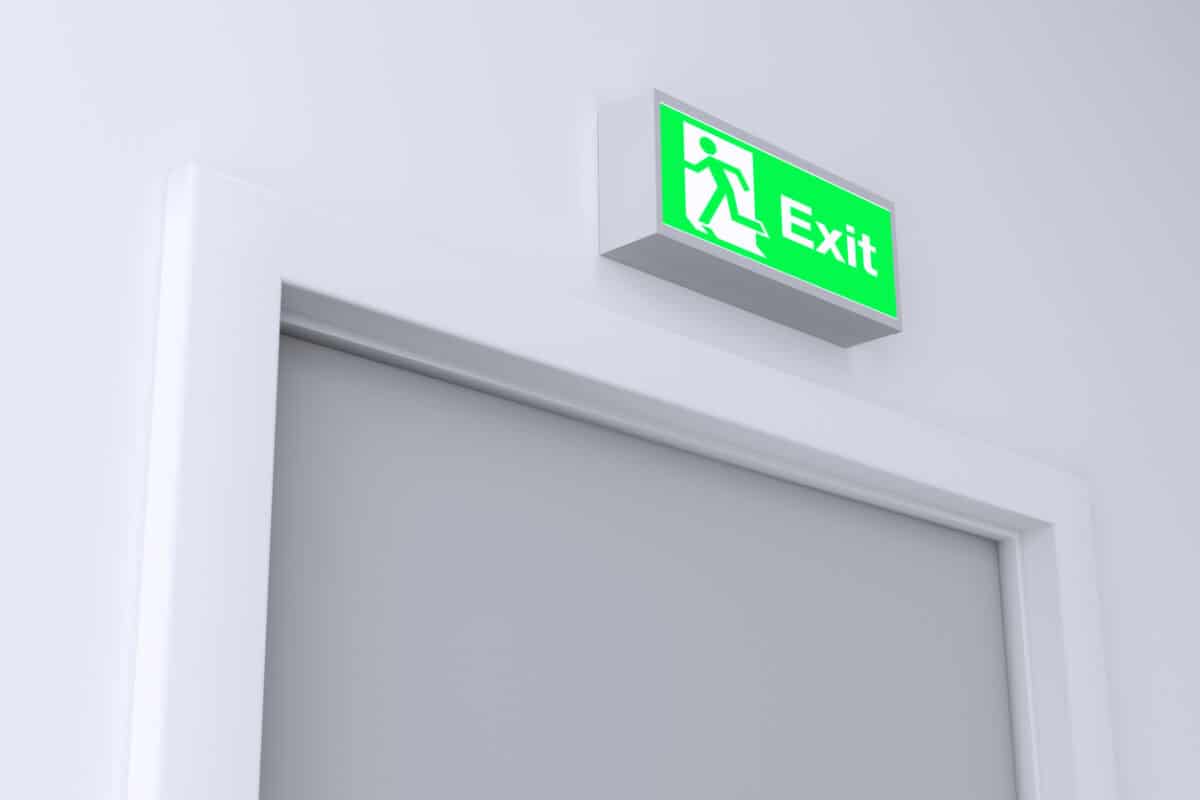It’s always worth spending some time thinking about car parks – they’re often the first opportunity to make a good impression to potential tenants and subsequently their customers and can contribute positively to the value of the building. Of course there is also a clearly defined statutory duty to ensure that they are safe and suitable for all vehicles and people using them.
Things to consider:
1. Anti slip paint – This not only improves the safety of a car park but increases the lifespan of surfaces and also the aesthetics of a carpark using different colours and the high opacity that it provides.
2. Pedestrian Walkways and bright markings – Giving people a separate walkway can greatly improve the the safety and aesthetics of a car park and clear and visible road markings prevent driver confusion and allow for an attractive surface.
3. Suitable surface – All surfaces should provide good grip for vehicles or people. For example, they should be roughened if too smooth, gritted or sanded if slippery, and kept free of oil, grease, rubbish and other debris. A surface providing extra grip may help on sloped driving surfaces.
4. Signs – These should be clear, easy to understand, reflective and clean and well maintained.
5. Speed restrictions – Speed ramps and speed limit signs
6. Automatic Gates – Designed, fitted and maintained in accordance with appropriate standards.
7. Lighting – Should be even and consistent. Emergency light testing should be carried out in accordance with best practise. Consider switching to LED lighting which can enhance the value of the asset.
8. Disabled parking – Dedicate , accessible and in-line with regulations.
9. Drainage and ground water management – To prevent flooding the grounds management team should ensure the effective maintenance of gutters, gullies, drains, manholes, ditches and soak-aways.
10. Pollution and surface water run off – Surface water run-off from car parks can cause erosion, pollution and even localised flooding.
Small car parks used only for parking cars can discharge surface water run-off directly. Larger car parks (typically larger than 800m2 in area or for 50 or more car parking spaces) should remove oil, grease, petrol and diesel from run-off by passing it through an oil separator before it is discharged. An oil separator should also be used for any run-off from areas used for more polluting activities, such as vehicle servicing.
Contaminated run-off must not be allowed to enter surface water drains, watercourses or groundwater. Organisations that cause pollution in this way can be prosecuted. Contaminated run-off may be discharged to a public combined sewer but only with prior consent from the appropriate authority.
If vehicles are cleaned in a car park, the run-off should not be allowed to enter surface water drains, surface waters or ground waters. If someone else cleans vehicles in a car park, it is the car park owner’s responsibility to ensure they do not cause pollution.
11. Repair and maintenance – Damage to surfaces can present a danger to both pedestrians and vehicles. Any signs of damage should be immediately repaired
